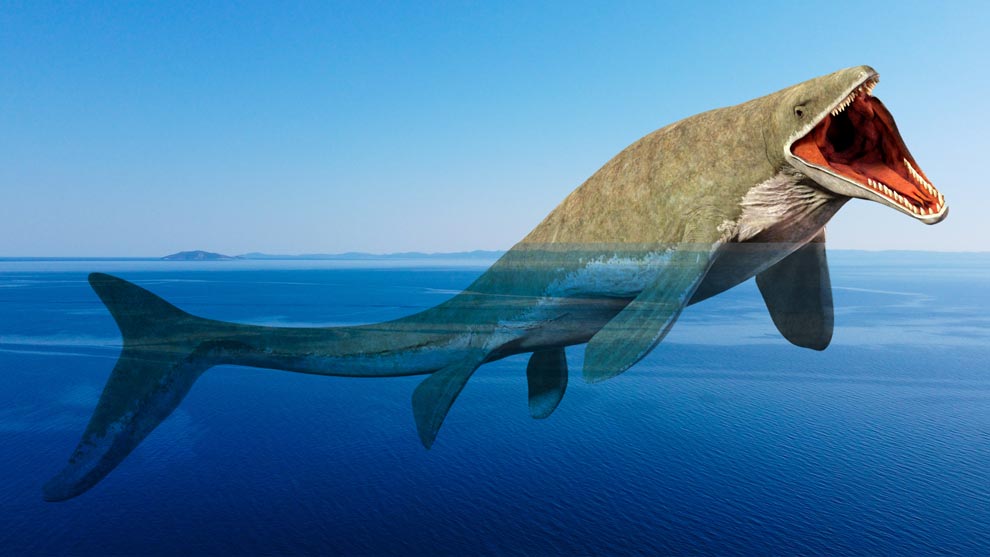

For the herbivores, Fallow deer isotope values are significantly different from Red deer and horses and show that this species did not forage in open environments at this locality.

Carbon isotope values sampled from the tooth enamel of fauna present during Atapuerca Faunal Unit 6 show that a C3-dominated ecosystem surrounded the area where fossils were preserved during this time. The resource partitioning preference of Stegomastodon platensis from latest Pleistocene supports in part this hypothesis.Ĭarbon and oxygen isotope values reveal resource partitioning among the large mammal fauna from three contemporaneous Middle Pleistocene hominid-bearing localities within the Sierra de Atapuerca (northern Spain). Several nutritional hypotheses to explain late Pleistocene extinctions adopt the assumption that extinct taxa had specialized diets. On the contrary, samples from late Pleistocene show a wide range of diet adaptation (with a range 13C values between –12.11 to –6.09 ‰), since specimens that indicate an exclusively C3 diet from latest Pleistocene, to others with a mixed feeder diet. This data indicates a mixed C3 y C4 diet. Samples from the middle Pleistocene are more homogeneous, with a range of 13C values between –9.0 to –5.9‰. In order to compare the different stratigraphic levels we have divided the samples in two groups: middle and late Pleistocene.

To reconstruct the paleodiet and habitat preference of gomphotheres, we measured the carbon and oxygen isotope composition of 32 bone and tooth samples of Stegomastodon platensis (AMEGHINO, 1888) from 10 different Pleistocene localities in Pampean Region (Argentina).


 0 kommentar(er)
0 kommentar(er)
